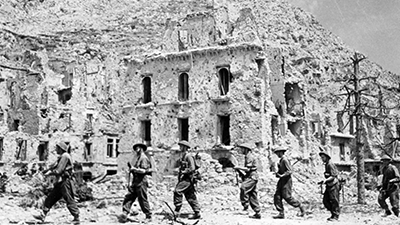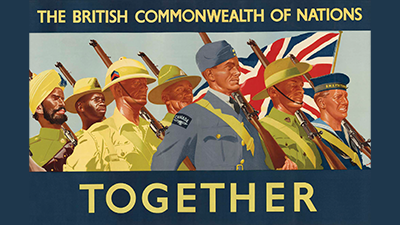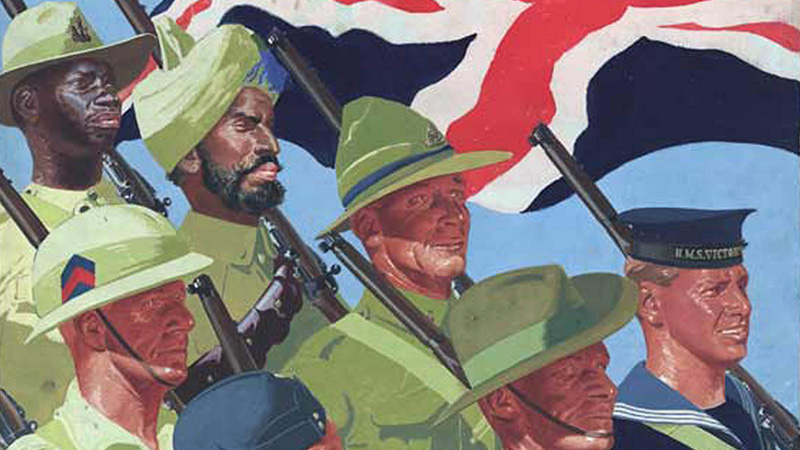Causes of the Second World War
Teacher Resources
Driving Question: What were the causes of the Second World War?
Why did another world war break out just two decades after the first? Unpack the complex causes behind the most destructive war in history. This is a story of failed diplomacy and strategic alliances in the face of global conflict.
Learning Objectives:
- Use the historical thinking practice of causation to analyze global factors that led to the Second World War.
- Practice quick sourcing to evaluate the similarities and differences in how global communities experienced and contributed to the Second World War.
Vocab Terms:
- embargo
- fascism
- genocide
- infrastructure
- neutrality
- regime
- total war
Opener: Causes of the Second World War
To teach this lesson step, refer to page 2 of the Lesson 7.5 Teaching Guide.
Historical causation is key to understanding how the past has unfolded. Read more in our Causation One-Pager.
How did it come to this? Again? Walk the road to a another world war as you prepare to grapple with the causes of global conflict.
Axis vs. Allies
To teach this lesson step, refer to page 3 of the Lesson 7.5 Teaching Guide.
Use the Causation Feedback Form to help students understand where they are and where they should be going with this skill.
World War II was a massive and complicated conflict. These two articles will help you trace its key turning points and untangle the war’s many causes.
-
Guiding Questions
-
Before you read
Preview the questions below, and then skim the article. Be sure to look at the section headings and any images.
While you read
Look for answers to these questions:
- Why is there debate about when World War II began?
- Who dominated the early years of the war in Europe?
- What led the Soviet Union to enter the war?
- Why did the United States join the war?
- What turned the tide of the war around 1942?
After you read
Respond to this question: How does weaving personal stories such as Getz’s grandfather’s experience into the broader narrative of World War II affect your understanding of the war?
-
Guiding Questions
-
Before you read
Preview the questions below, and then skim the article. Be sure to look at the section headings and any images.
While you read
Look for answers to these questions:
- What is a “total war economy”?
- Why did Japan pursue conquest and colonization in Asia?
- How did the Soviet Union’s government help direct resources toward the war?
- How did the war impact the US economy?
- Why did Britain, unlike Japan, not need to conquer new territories to support its war effort?
After you read
Respond to this question: What gave the Allied powers an advantage in production and distribution during the war?
The World at War
To teach this lesson step, refer to page 6 of the Lesson 7.5 Teaching Guide.
Looking for other approaches to quick sourcing? Learn how other teachers have approached this skill by reading the community thread Hung up on Quick Sourcing Notecards.
This collection highlights both commonalities and differences in how people across regions experienced and responded to the Second World War, revealing its global scope and human impact.
Closer: Causes of the Second World War
To teach this lesson step, refer to page 7 of the Lesson 7.5 Teaching Guide.
Causal thinking is a core skill in history. Read more in the blog post Helping students make sense of the past, present, and future.
Now that you’ve explored the many causes of the Second World War, consider: could it have all been avoided?






